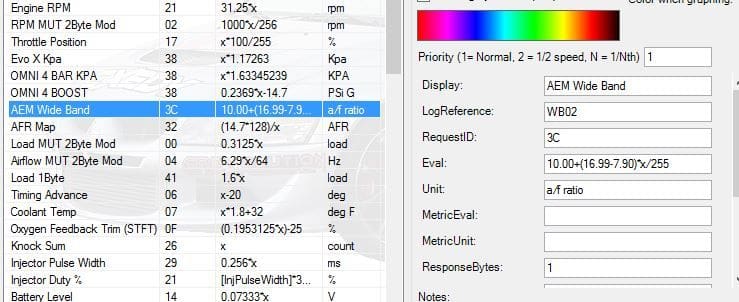

In hydrogeological studies, it is one of the most vital petro-physical properties of rocks or formations that can be measured in the laboratory or by performing aquifer tests in the field (Idrysy and De Smedt 2007 Ross et al. The hydraulic conductivity of an aquifer quantifies the ease through which water circulates in the intergranular pores and fractured formation (Szabó 2015). 1999 Uhl and Sharma 1978).Įstimation of aquifer characteristics and its parameters are very vital in groundwater resources studies. Furthermore, it has been recognized that there is considerable variation in the yield of bore wells within a short distance (Ballukraya et al. The optimal depth of highest yield of bore wells in granitic terrain ranges from 20 to 30 m (Landers and Turk 1973). Thus, most of the groundwater circulation restricts to a shallow depth in the weathered and fractured zone. This is mainly due to a decrease in the degree of weathering and fracturing with depth. In hard rock terrain, the yields of bore wells decrease with depth (Landers and Turk 1973). The occurrence and movement of groundwater in such formation mainly depend on factors like saturated thickness of the weathered zone, its intensity, areal extend, and interconnection of joints and fractures. Secondary porosity was developed due to weathering and fracturing of the hard rock and forms a good aquifer zone for groundwater occurrence and movement. The hard rocks terrains such as granites are usually devoid of primary porosity. The high values of transmissivity ( T) are attributed to aquifer controlled by fractured zone in the area. The radius of influence of each test well was calculated and compared with the in situ measured discharge of various wells within the area. It was found that these parameters have wide variations within each geomorphologic feature. The aquifer parameters obtained by the pumping tests were correlated with the structural features and different geomorphologic units. Similarly, a radius of influences ranges from 9.75 to 1391.0 m 8.0 to 698.09 m, and 380.78 to 433.76 m in PPS, PPM, and BPPS geomorphologic units, respectively. Transmissivity ( T) values estimated by Theis method range from 3.83 to 436 m 2/day 3.77 to 718 m 2/day and 16 to 160 m 2/day, by Jacob method it ranges from 3.90 to 436 m 2/day 3.73 to 769 m 2/day and 17.3 to 152 m 2/day, by Hantush method it ranges from 1.63 to 189 m 2/day 0.53 to 755 m 2/day and 19.3 to 118 m 2/day, while by numerical method it ranges from 3 to 455 m 2/day, 3 to 700 m 2/day, and 17 to 148 m 2/day in pediplain with moderate weathering (PPM), pediplain with shallow weathering (PPS), and buried pediplain with shallow weathering (BPPS) geomorphologic units, respectively. These parameters are vital for future groundwater development and management studies. An interpretation was performed by different methods, viz., Theis, Jacob, Hantush, and Rushton and Redshaw (numerical finite difference method) to ascertain the aquifer parameters. Detailed hydrological studies were carried out in a granitic terrain consisting of different geomorphologic units to resolve the coverage, performance, and characteristics of the aquifer parameters through the application of the pumping test method. Knowledge of aquifer characteristics is essential for groundwater development and management studies.


 0 kommentar(er)
0 kommentar(er)
